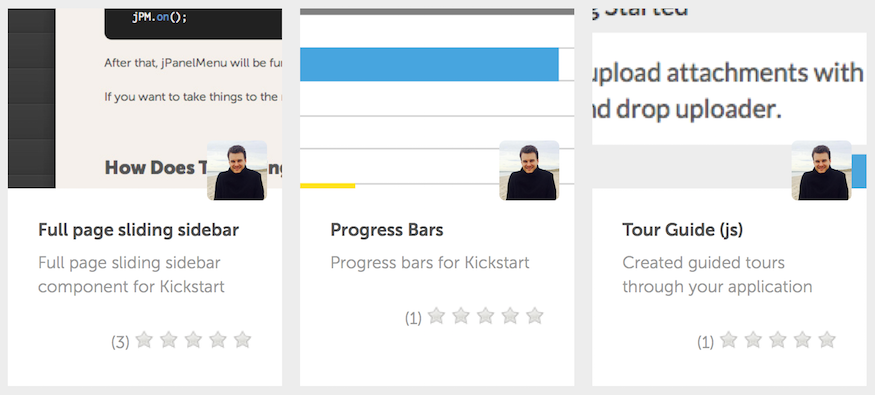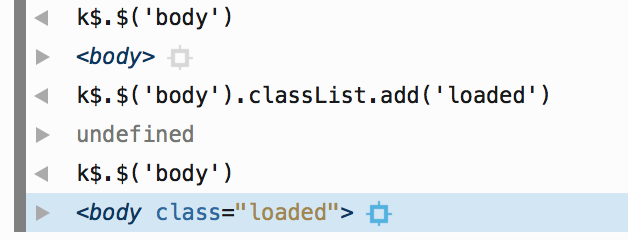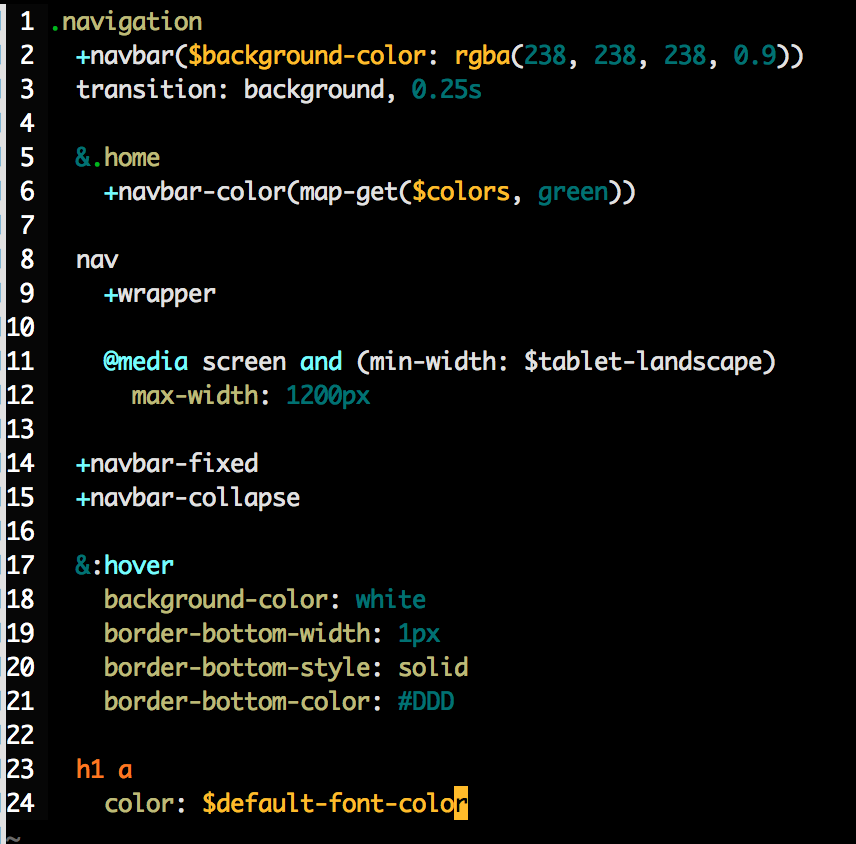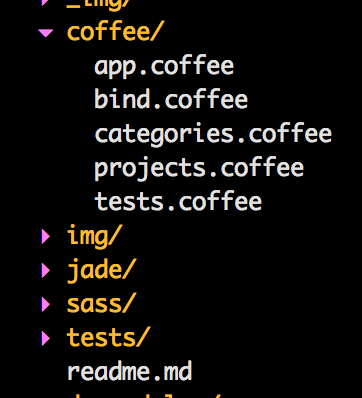Loading
...
...
Kickstart is actually the third version of Kickstrap. However, the changes were so fundamental it rendered a completely different product and deserves its own separate place in my timeline.
Whereas the focus of Kickstrap was to extend Bootstrap, Kickstart became its own standalone CSS library. I'm careful to describe it as a library and not a framework as this is one of its key distinctions from Bootstrap.
Kickstart actually has several parts:
- The CSS component library
- Kickstart.js
These components are also manifested as an optional Rails Gem and Gulp starter seed. Kickstart can be extended by an online service, built in Rails, called the Kickstart Store
While building Kickstart, I've developed a couple working drafts to serve as conventions for CSS variables and selectors:
The CSS component library
I evolved Kicktrap into Kickstart because I heard a lot of senior engineers complaining about Bootstrap. It has become a sort of mark of an amateur among front end developers.
Some of that is understandable, however I wasn't keen on the idea that I had to write every single navbar from scratch simply to maintain my credibility. Code should be modular and reusable. Maybe Bootstrap doesn't accomplish that, but it can be accomplished.
The CSS component library is just that. Kickstart provides opt-in components each heralding from a single Sass mixin
<header class="mynav">
<nav>
<ul>
<li>
<a href="/">Home</a>
</li>
</ul>
<ul>
<li>
Options
<ul>
...
</ul>
</li>
</ul>
</nav>
</header>
.mynav {
@include navbar()
}
The components all share a minimal amount of base styling that is inherited from the user's chosen Kickstart theme. It was a top priority for me that Kickstart was super simple to extend and theme. After years of working with Kickstart users and using Kickstart on my own projects, these two points proved as the most needed.
The goal here wasn't to create every component under the sun, just those most commonly used: navbars, buttons, modal windows, etc.
Freely reusable components in the Kickstart store. Each is a Git submodule, so everyone who uses the component can pull updates from the author, much like a Rails Gem.
However, users are encouraged to create their own components for other developers to use. This is a new piece of the library that I hope to evolve further in later versions.
Kickstart.js
I've long been a fan of vanilla JavaScript. While I think jQuery is a good tool to use generally, it's not always necessary.
kickstart.js is unapologetically minimal at only 8kb (jQuery 2 is 86kb). This provides a simple element selector similar to that of jQuery's, a couple of buffering functions, and helper functions for the core Kickstart components.
It turns out you might not need jQuery.
While I spent a great deal of effort evolving the functionality of the buffering functions, they've been around for a while but haven't been widely used. This is unfortunate as I see missed optimization opportunities for these functions all the time.
Essentially, the buffering functions allow the user to gather function calls into a funnel that can either buffer them to be sent within intervals of one another (instead of rapidly or all at once) or to be called only one time a certain number of seconds after the last time it was called (this is called "debouncing").
Gulp starter seed
The Gulp starter seed is a bundle users can download and install to start building a Kickstart static site immediately. It's also the actual main repository for the development of Kickstart.
The bundle is designed to hold the core functionality in one directory, allowing the user to write their own modifications in a separate directory. This lets a user update the Kickstart core without affecting their own code.
The starter seed is also set up to optimize images, remove duplicate CSS rules, minify, compile, and run Phantom JS tests.
Very succinct Sass file for a navbar, relying on basic functionality from Kickstart's core navbar, tucked away and extended.
Users also benefit from a high amount of organization. On the CSS side, the entire core is tucked away, allowing for writing mixin-heavy Sass. On the JavaScript side, files are written in CoffeeScript and bundled with Browserify. This allows a user to write their JavaScript modularly but still compress it down to a single file.
An example from this very website, where coffeescript files are neatly organized into modules. Later, they are bundled together in closures.



